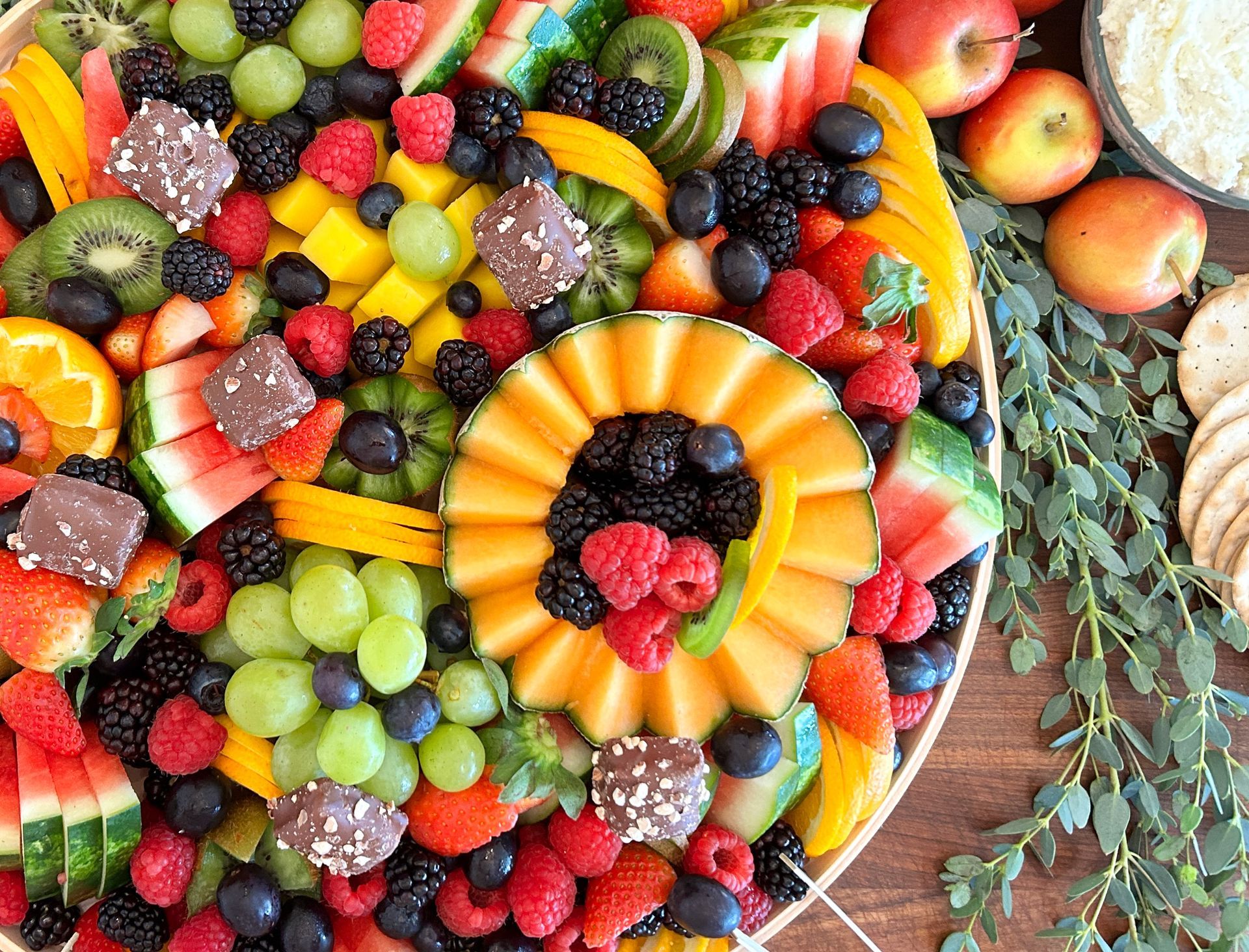
Charcuterie is the art of preparing and assembling cured meats, cheeses, fruits, nuts, and condiments to create a visually appealing and delicious spread. While it may seem intimidating at first, with the right knowledge and techniques, anyone can become a charcuterie pro. Whether you are a novice looking to learn the basics or a seasoned charcuterie enthusiast wanting to up your game, this guide will take you through the essential steps of charcuterie making.
Getting Started with Charcuterie Making
Essential Tools and Ingredients
- Charcuterie board or platter
- Assorted cured meats (such as prosciutto, salami, and chorizo)
- Various cheeses (soft, semi-soft, and hard cheeses)
- Fruits (grapes, berries, figs)
- Nuts (almonds, walnuts, pistachios)
- Condiments (mustard, honey, jam)
- Crackers and bread
- Small bowls or ramekins for condiments
- Sharp knives for cutting meats and cheeses
Basic Principles of Charcuterie Making
- Balancing flavors: A good charcuterie board should have a mix of salty, sweet, savory, and tangy flavors.
- Variety of textures: Incorporate a variety of textures such as soft cheeses, crunchy nuts, and chewy dried fruits.
- Visual appeal: Arrange the ingredients in an aesthetically pleasing manner, balancing colors and shapes.
- Combining flavors: Experiment with different flavor pairings to create interesting taste combinations.
Creating the Perfect Charcuterie Board
Step-by-Step Guide
- Start with the cheeses: Place a variety of cheeses around the board, making sure to include different types and textures.
- Add the cured meats: Fold or roll the cured meats to create attractive shapes and textures on the board.
- Arrange the fruits and nuts: Scatter fruits and nuts around the board to add color and freshness.
- Fill in with condiments: Place small bowls or ramekins of condiments such as mustard, honey, or jam on the board.
- Fill in the gaps: Fill any remaining gaps on the board with crackers, bread, or additional garnishes.
- Garnish and decorate: Add garnishes such as fresh herbs or edible flowers to enhance the visual appeal of the board.
Tips for a Stunning Charcuterie Presentation
- Use a variety of shapes and sizes for the ingredients to create visual interest.
- Play with height by stacking or layering ingredients to add dimension to the board.
- Consider the seasonality of ingredients and incorporate fresh, seasonal produce for the best flavors.
- Don't overcrowd the board – leave some space between ingredients for easy serving.
Advanced Charcuterie Techniques
Exploring Flavor Pairings
Once you have mastered the basics of charcuterie making, you can begin to experiment with different flavor pairings to create unique and memorable boards.
Curing and Aging Meats
For the more adventurous charcuterie enthusiasts, curing and aging your own meats can take your charcuterie game to the next level. This process requires careful attention to detail and proper storage conditions, but the results are well worth the effort.
Creating Homemade Condiments
Elevate your charcuterie board by making your own homemade condiments such as fruit preserves, pickles, or flavored butters. These additions will add a personal touch to your spread and impress your guests.
Conclusion
Whether you are just starting out or looking to hone your charcuterie making skills, the art of charcuterie offers endless opportunities for creativity and exploration. By following the tips and techniques outlined in this guide, you can go from a charcuterie novice to a charcuterie pro in no time. So gather your ingredients, unleash your creativity, and enjoy the delicious results of your charcuterie making endeavors!
